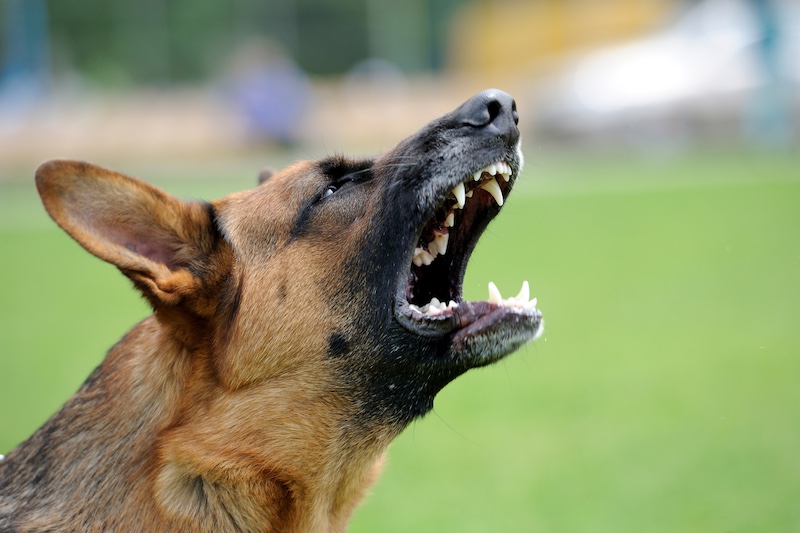Living with a reactive dog can feel overwhelming, but you’re not alone. Reactivity is often rooted in fear or overstimulation, not disobedience. With the right tools and strategies, you can help your dog feel safer and more in control. Here’s how.
Understand the Root Cause
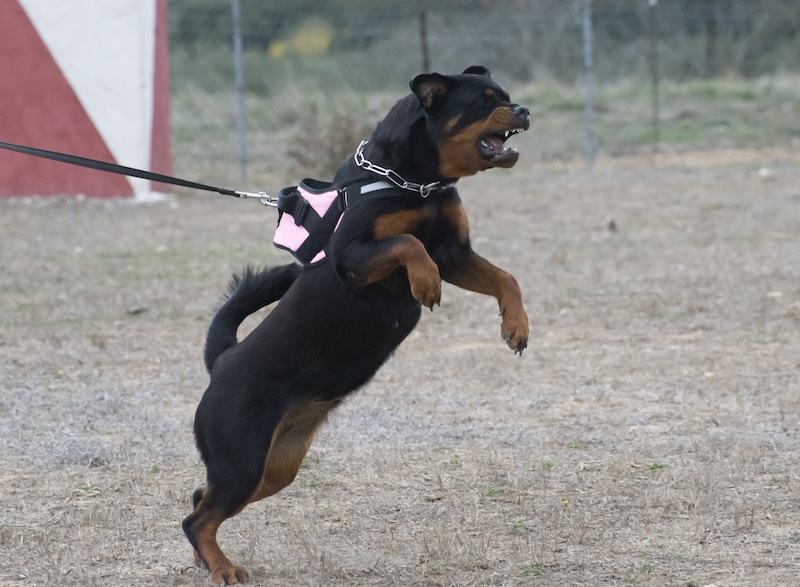
Reactivity is a response to stress, fear, or frustration—not bad behavior. Some dogs react to specific triggers like other dogs, people, or noises. Understanding the cause helps you create a management and training plan that targets your dog’s specific emotional or environmental challenges.
Avoid Triggers When Possible
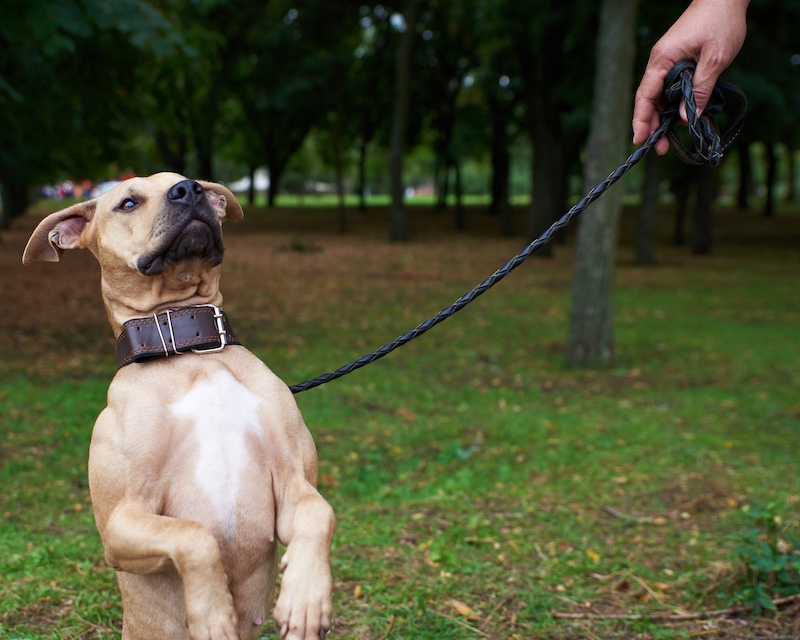
While training is important, it’s okay to avoid stressful situations. If your dog reacts to strangers or other dogs, choose quiet walking routes and less busy times of day. This reduces stress and prevents reinforcing reactive habits through repeated overwhelming encounters.
Use Distance to Your Advantage
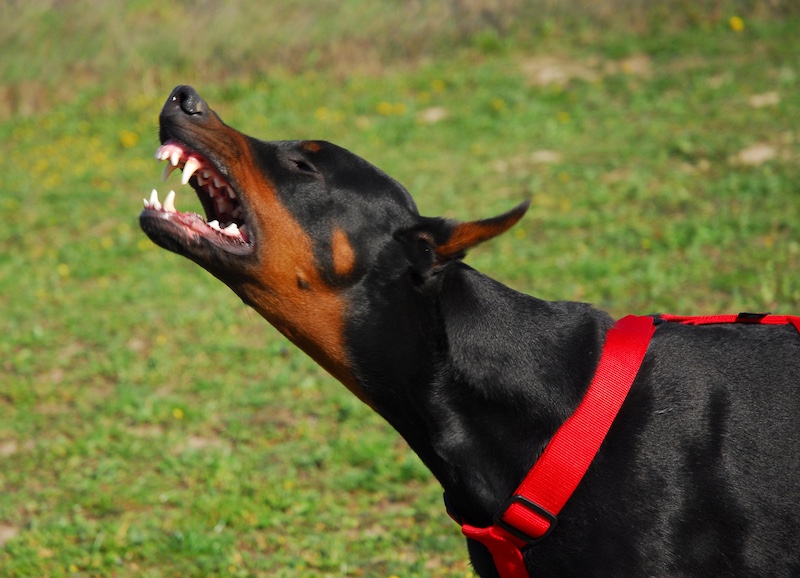
All dogs have a threshold where they can tolerate a trigger without reacting. Learn where your dog’s threshold is and stay below it. Distance creates a buffer zone that allows your dog to remain calm and learn more appropriate coping behaviors gradually.
Learn and Practice Counterconditioning
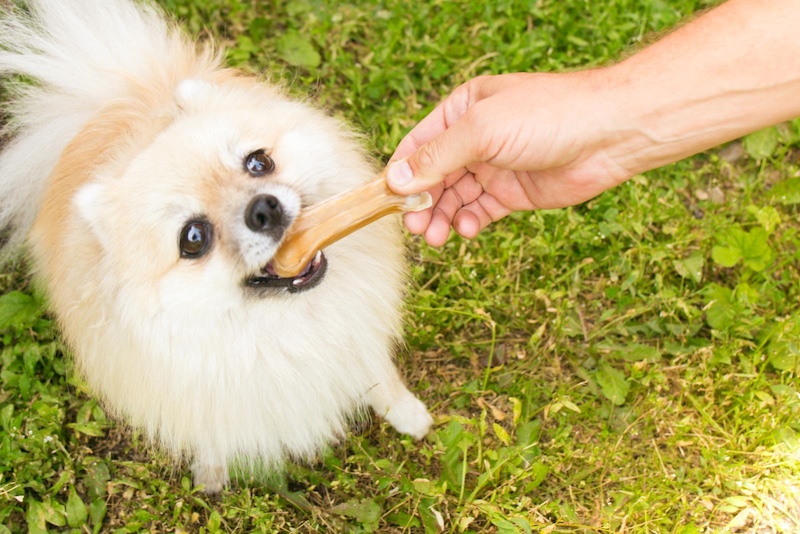
Counterconditioning changes your dog’s emotional response to triggers. Pair the presence of a trigger with something your dog loves, like treats. Over time, your dog may begin to associate the once-scary trigger with good things, reducing fear and improving behavior.
Be Consistent with Training
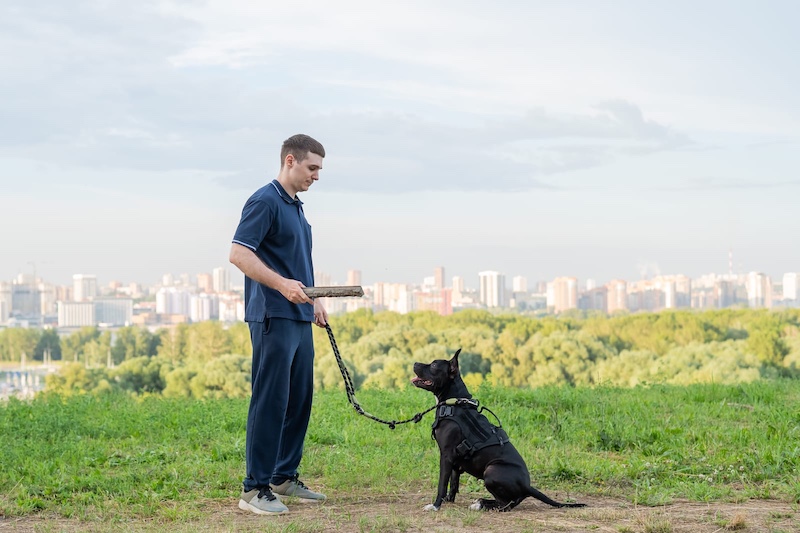
Consistency is critical when working with a reactive dog. Use the same cues, routines, and expectations daily. Dogs thrive on predictability, and repeated positive training helps them build confidence. Don’t expect overnight results—progress is gradual and requires ongoing patience and effort.
Invest in the Right Gear
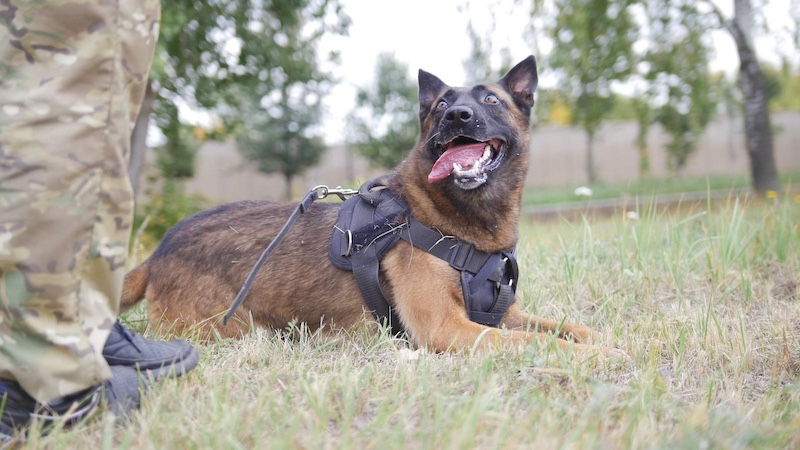
Use tools that enhance control and safety. A front-clip harness or head halter can redirect pulling and lunging behavior more effectively. Avoid retractable leashes and poorly fitted collars. Reliable gear helps you manage your dog safely without causing discomfort or panic.
Watch Your Own Body Language
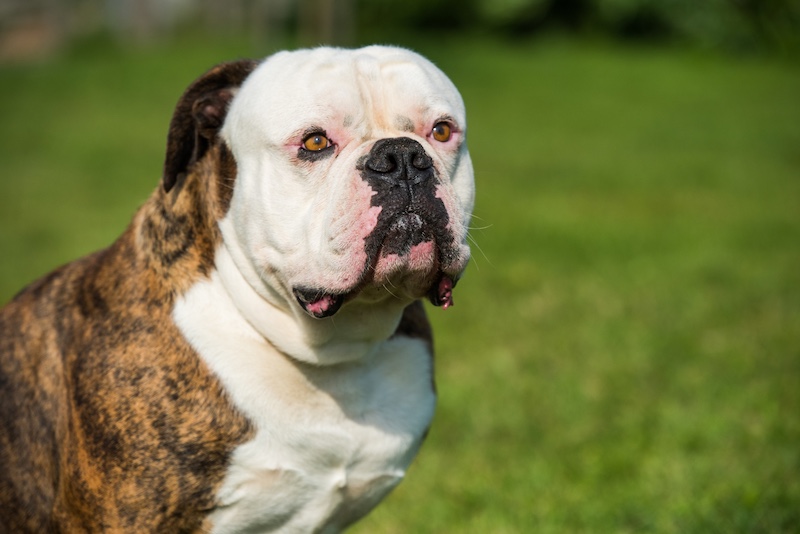
Your dog mirrors your emotions. If you tense up or act nervous when a trigger appears, your dog will too. Stay relaxed, use a calm tone, and avoid yanking the leash. Your confidence can help signal to your dog that everything is okay.
Work with a Professional
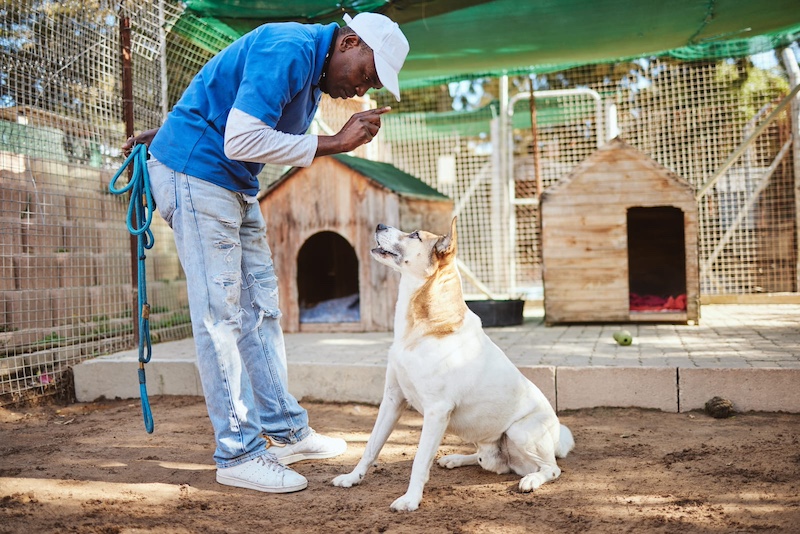
A certified trainer or behaviorist can provide a customized plan based on your dog’s needs. Look for professionals who use positive reinforcement techniques. Avoid punishment-based methods, which can worsen fear and reactivity and damage the trust between you and your dog.
Provide Mental and Physical Enrichment
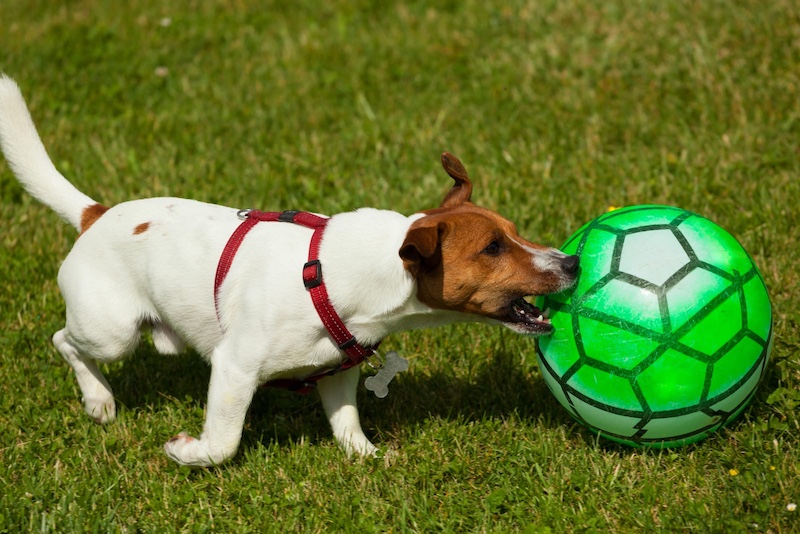
Reactive dogs benefit from healthy outlets for their energy. Daily walks, puzzle toys, training games, and nose work can reduce stress and prevent boredom. A mentally and physically stimulated dog is generally calmer and less likely to fixate on triggering situations.
Celebrate Progress—Big and Small
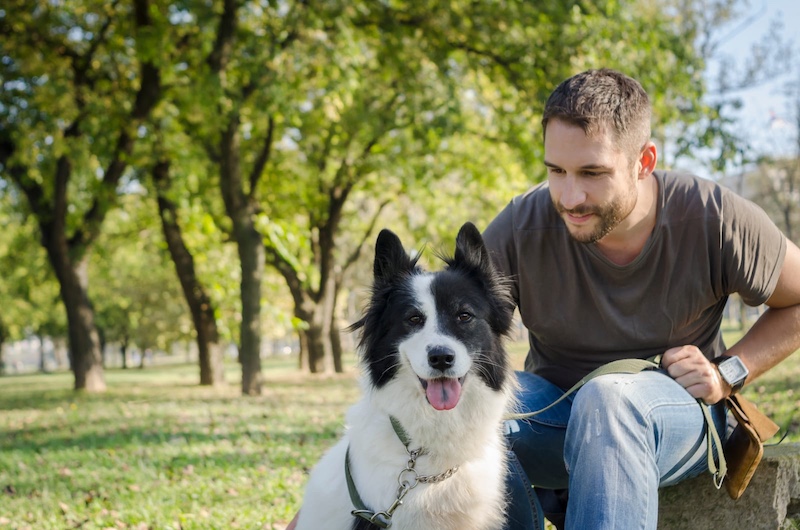
Progress with a reactive dog is rarely linear. Some days will be harder than others, but celebrate small victories. Whether it’s a quiet walk, holding eye contact, or ignoring a trigger, every success builds confidence—for both you and your dog.
- Please Note: This content was created with the assistance of AI and thoroughly edited by a human before publishing.

